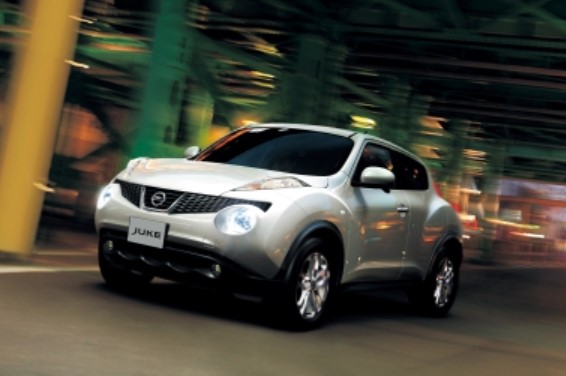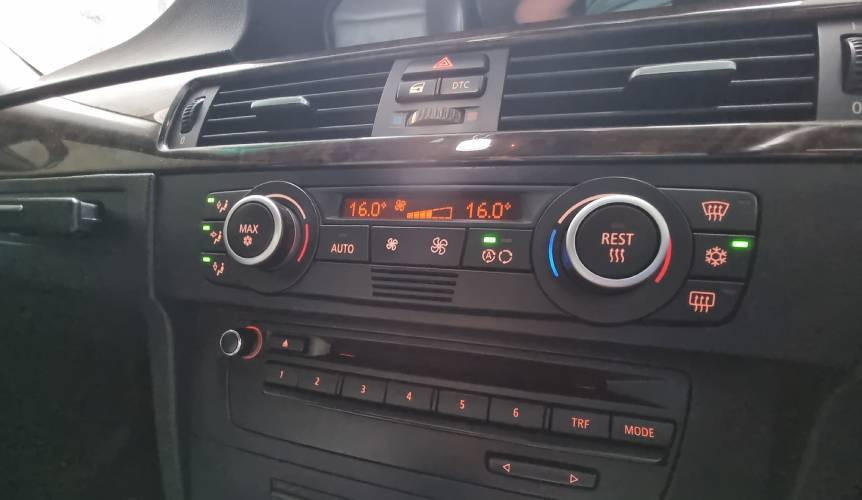
Many have christened it a lady’s subcompact SUV since they are a common face on the roads with 70 per cent of those behind the wheels being the female gender.
Could it be as a result of its quirky styling and the smiley grill? We find out.
The Nissan Juke whose signature feature is the sloping roof and bug-eye lamps is gender-neutral, with muscular fenders comes with a turbocharged 1.6-litre four-cylinder engine that has the combined kick of 188 horses. OK, 188 horsepower.
It mainly comes with a front-wheel drive and a CVT, (Continuously Variable Transmission). All-wheel drive is optional. It weighs 1,195–1,225 kg and can accelerate from 0 – 100km/h in 12 seconds with a top speed of 168 km/h.
“I went for the Juke late last year after owning a Nissan March. To me it was an upgrade considering various features in the Juke that included a sporty interior, comfortable hugging seats, the engine capacity that helps me manoeuvre the roads with gusto, and above all, I was attracted to its ground clearance,” 32-year-old Umulkheir Abdi who shuttles between Nairobi’s South C and Athi River five days a week says.
She has been a proud owner of a maroon 2016 Nissan Juke for the past 13 months and she speaks highly of the Japanese machine with different driving modes that help the driver to determine the engine power depending on the terrain.
Ms Umulkheir is happy that the Juke is one SUVs that is easy to park and drive considering its compact size. The raised seats offer good visibility of the road and parking assist features as compared to her previous car, the Nissan March.
She highly speaks of the “weight” of the steering that enables her to feel more involved in the drive.
However, Collins Oduor, a mechanic along Baricho Road, Nairobi, says the Juke is all too good shape-wise. His gripe? Performance depreciates after the odometer clocks over 100,000 miles (160,000 kilometres.)
“All the Jukes that are brought to my garage have issues to do with oxygen sensor and fuel leaks. I bet the pipes that connect to the engine block are not of good quality or cannot withstand the heat emitted from the chambers,” he says.
Collo, as he is commonly known along the busy garage street, is quick to mention that the frequency and severity of repairs are both fairly average as compared to the other Nissans that include X-trail and March.
We visited him when he was working on a 2017 Juke. The owner, not present, had it towed to the garage after the vehicle developed transmission problems coupled with whistling noise and the smell of burning transmission oil.
“The car hard shifting delays and would take time to engage from gear one to two and at times when the reverse is engaged, it would jump to neutral. He would also feel the car shake and vibrate extensively at any speed” he said.
Roncliffe Odit, a BBC Journalist in Nairobi has no kind words for the machine after owning a 2013 Juke for the last two years.
“It is a good car, but with a very bogus CVT gearbox. The car can take forever to pick, very boring. The driving position gives you false hope of an SUV in a small body.”
According to the Nissan global website, the Juke has been subjected to seven recalls after owners complained of overheating and constant failure of the oxygen sensors.
The manufacturer however recommends exchanging transmission and differential fluids, especially in the 2017 Nissan Jukes at certain intervals with Nissan-approved transmission fluid.
A general rule of thumb is to have your transmission fluid checked and changed about every 30,000 to 60,000 miles for moderate drivers.
The Nissan Juke was discontinued in 2017 before the second generation debuted in 2019 making way for other smaller SUV options like the Nissan Kicks and Nissan Rogue which the Japanese manufacturer clearly states are less powerful and less sporty.
Reviews from lRepairPal.com however rate the Juke engine at number 54 in the reliability category, of all the Nissan cars in the 2017 Drive Power reliability survey.
 The Standard Group Plc is a multi-media organization with investments in media platforms spanning newspaper print
operations, television, radio broadcasting, digital and online services. The Standard Group is recognized as a
leading multi-media house in Kenya with a key influence in matters of national and international interest.
The Standard Group Plc is a multi-media organization with investments in media platforms spanning newspaper print
operations, television, radio broadcasting, digital and online services. The Standard Group is recognized as a
leading multi-media house in Kenya with a key influence in matters of national and international interest.











